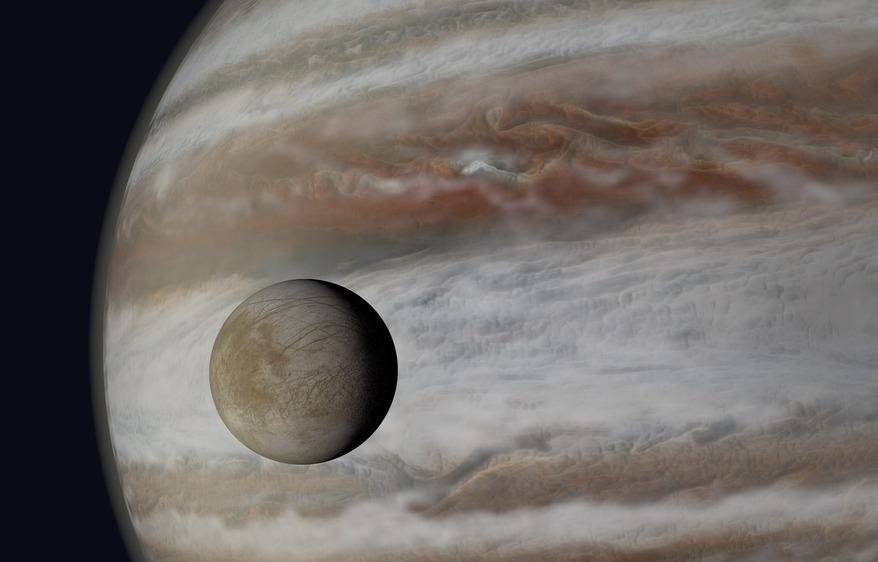Ocean exploration is hindered by the increasingly intense pressures of the deep ocean. At sea level, the air pushing down on your body is around 14.7 pounds per square inch, and for every 33 feet you submerge, the pressure increases by one atmosphere. The ocean's deepest point, the Mariana Trench, is 36,201 feet deep; the intense pressures of such depths make it almost impossible to explore. In addition, adverse weather conditions, darkness, and hydrodynamic perturbations push ocean exploration technology to its limits.
As robotic technology has advanced, it has been leveraged in a vast number of scientific sectors. Robots have been used to build autonomous systems that can collect vast amounts of data, which is wirelessly relayed back to research teams worldwide. Autonomous robotic systems to explore the ocean have become increasingly popular over the past two decades and currently play a significant role in monitoring climate change.
With the pandemic delaying or suspending research cruises, the use of robots in ocean exploration saw another boost. Now, they are being developed to help further our knowledge of life on other planets.
How Can Investigating Oceans on Other Planets Help to Understand Life on Earth?
The most likely place to find signs of life on other planets and moons is within their oceans. Numerous space missions are currently planned to explore liquid oceans, which often lie beneath an icy crust. Over the coming decades, space exploration will focus on delving into these distant worlds, with icy moons Enceladus, Europa, and Titan identified as locations of particular research interest.

Image Credit: Steven_Mol/Shutterstock.com
Not only are alien oceans the key to discovering more about life in our solar system, but they also offer an opportunity to understand our planet better. 99% of all living bodies on Earth are contained in an ocean environment rather than on land. Understanding how other, similar environments function may provide great insight into how ours is formed, how it functions presently, and what it will be like in the future.
Ocean Exploration Technology and Planetary Investigations
The robotic technology currently employed in explorations of the Earth's ocean is being adapted to research other planets. There are many challenges when exploring worlds and moons, as it is often difficult, risky, and expensive to send human crews into space to conduct explorations manually. Ocean explorers on our own planet face a similar challenge, which is one of the reasons why robots have been developed to explore for us and wirelessly communicate their findings.
Currently, scientists are developing similar robots used to explore the Earth's ocean to explore those in space. One area of research showing particular promise is developing microrobots with sensors and actuators that can be drilled through the icy crust of the alien planets and moons, where they can be wirelessly controlled via ultrasound waves.
What are Microrobots?
Microrobots, tiny sensors on top of silicon wafers, have recently begun to cause a stir in the scientific community. The technology, which can be as small as the size of a single cell, is predicted to be fundamental to the future of pharmaceuticals, biotechnology, regenerative medicine, and tissue engineering. Now, scientists are developing a specific type of microrobot that will facilitate the exploration of extraterrestrial oceans.
What is SWIM?
The SWIM system stands for Sensing with Independent Micro-Swimmers. These swimmers are 3D-printed microrobots at the cm-scale equipped with MEMS sensors and miniature actuators to give them movement. They are wirelessly controlled via ultrasound waves, and the data they collect can be wirelessly transmitted. The micro-swimmers are deployed from a robot mothercraft where they sample the ocean water, measuring a wealth of different properties to help scientists characterize the ocean habitat.
The Future of Microrobots in Ocean Exploration in Space
The existing technology we have finds it hard to cope with the harsh environments of the oceans on Earth and space. Microrobots help to overcome this, but they are still subject to abyssal and wave-dominated environments. Still, new developments are exploring how soft robots may overcome this challenge.
It could be that in the coming years, research into microrobots and soft robots may combine to develop an innovative solution that will facilitate the collection of enhanced, fine-grain data from oceanic exploration. As a result, we may learn more about life in the solar system, as well as gain a deeper understanding of our own planet.
References and Further Reading
Aracri, S., Giorgio-Serchi, F., Suaria, G., Sayed, M., Nemitz, M., Mahon, S. and Stokes, A., (2021) Soft Robots for Ocean Exploration and Offshore Operations: A Perspective. Soft Robotics,. Available at: https://www.liebertpub.com/doi/10.1089/soro.2020.0011
Ethan Schaler. (2021) SWIM -- Sensing with Independent Micro-swimmers. [Online]. NASA. Available at: https://www.nasa.gov/directorates/spacetech/niac/2021_Phase_I/SWIM/
Kanik, I. and Paul de Vera, J., (2021) Editorial: Astrobiology of Mars, Europa, Titan and Enceladus - Most Likely Places for Alien Life. Frontiers in Astronomy and Space Sciences, 8. Available at: https://doi.org/10.3389/fspas.2021.643268
NASA. (2021) Visionary Tech Concepts Could Pioneer the Future in Space. [Online]. NASA. Available at: https://www.nasa.gov/directorates/spacetech/niac/Visionary_Tech_Concepts_Could_Pioneer_the_Future_in_Space
Nature Geoscience, (2020) The rise of ocean robots. 13(6), pp.393-393. Available at: https://doi.org/10.1038/s41561-020-0597-y
Disclaimer: The views expressed here are those of the author expressed in their private capacity and do not necessarily represent the views of AZoM.com Limited T/A AZoNetwork the owner and operator of this website. This disclaimer forms part of the Terms and conditions of use of this website.